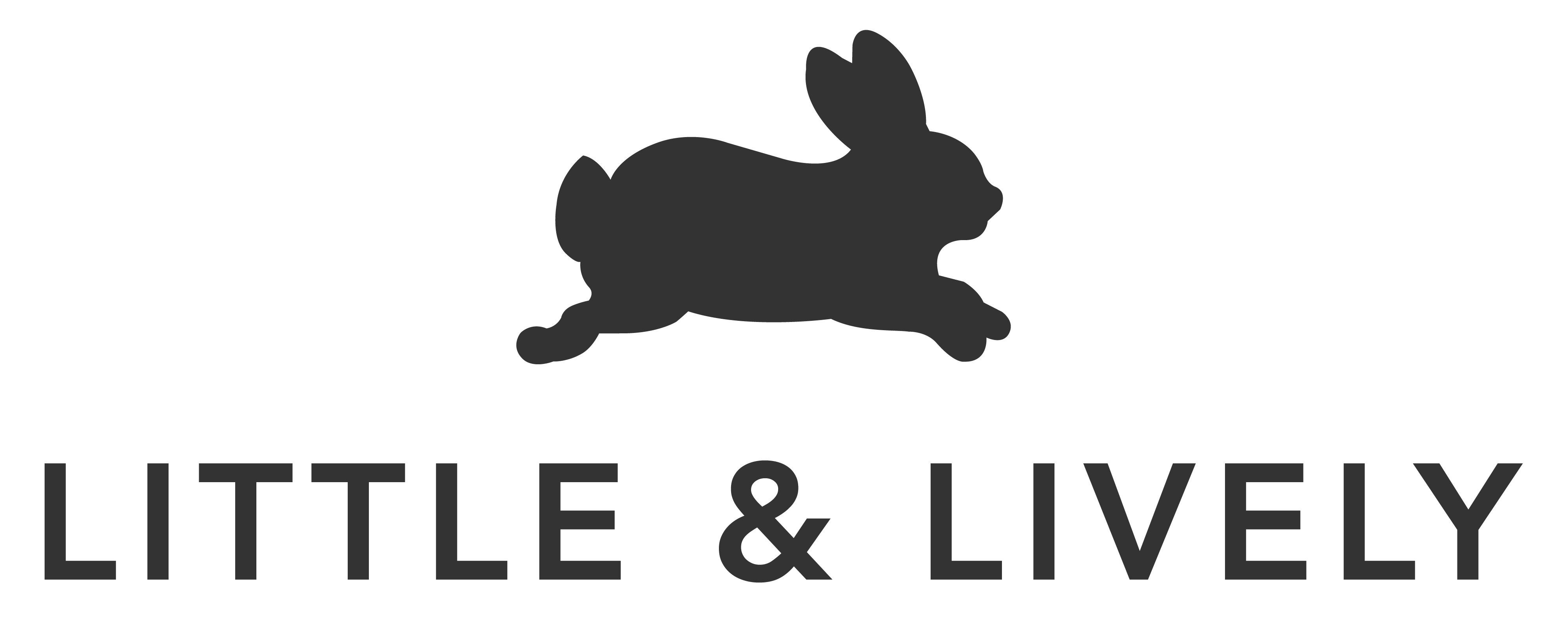How to Measure
Tips for Measuring You & Your Family
It can be tricky to understand measurement charts and obtain the correct measurements so that you can choose the best sizes. We've included a detailed measurement chart on every listing for your convenience. All of the measurements on our website are in Metric measurements (Centimetres) so if you are used to Imperial measurements (Inches), have a conversion calculator handy!
Please note: When buying for kids, it never hurts to buy a garment that is slightly too big, rather than slightly too small because kids will always grow! If you are hoping for a slimmer fit for yourself of the kiddos, check the measurements first, and then size down.
Measuring Kids:
There are a few basic measurements that will come in handy when you are shopping in our store:
Measuring the head:
Place the measuring tape above the eyebrows, ears and around the middle back of the head. Make sure that the measuring tape lies flat but not too tightly or loose. Note that our hats, bonnets and headbands are designed to stretch so the actual garment will be slightly smaller than the measurements on the measurement chart.
Measuring the waist:
This is the circumference right around the waist, across the belly button. Note that our waistbands are elastic and are designed to stretch a little so the actual garment will be slightly smaller than the measurements on the measurement chart.
Measuring the inseam:
This is the measurement for the garment's inside-leg seam. We generally use the inseam for pants measurements because it is a more consistent measurement than the outside-leg seam. Find the entire length of the inner-leg seam from the crotch to just below the ankle (Recommended: measure this seam on an existing pair of pants that fit well!).
Measuring the length:
Some listings may give you a 'length' measurement. For shirts and dresses, this is the measurement from the nape of the neck to the hem of the garment. For skirts, it is the measurement of the waist to the hem of the garment.
Measuring Adults:
Measuring adults are basically the same as measuring for kids except for a few additional measurements:
Bust:
This is the circumference around the fullest part of the bust. Place the measuring tape across the fullest part of the bust, under the arms and across the shoulder blades. Be certain that the tape is level and firm.
Waist:
This is the circumference around the smallest part of the waist, usually slightly above the belly button. Place the measuring tape around the mid-section of your torso and be certain that the tape is level and firm.
Hip:
This is the circumference around the fullest part of the hip. Place the tap across the bottom and hips making sure that the tape is level and firm.
Length:
Some listings may give you a 'length' measurement. For shirts and dresses, this is the measurement from the nape of the neck to the hem of the garment. For skirts, it is the measurement of the waist to the hem of the garment.
Note: On some women's listings, we provide you with two sets of measurements. 'Body Measurements' (these are the measurements our sizes are based off of) and 'Garment Measurements' (the measurement of the clothing itself). The reason we include both is so that you can decide how much room you would like your garment to have. You can see how much ease we've added into the garment so that you can choose to size down or up if you would like a looser or more snug fit.

